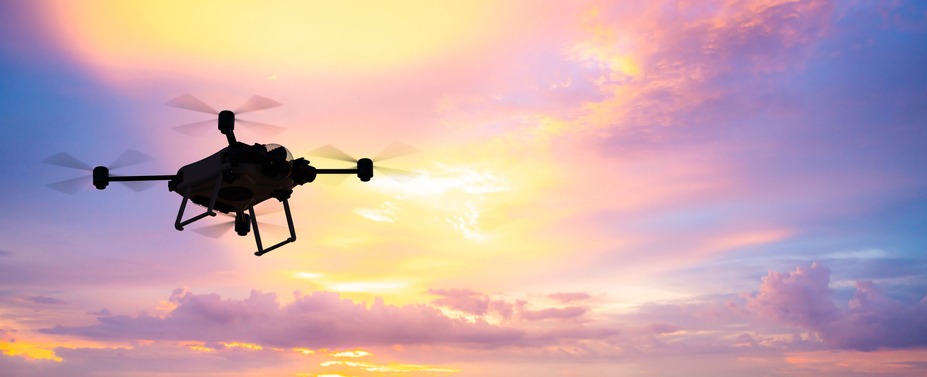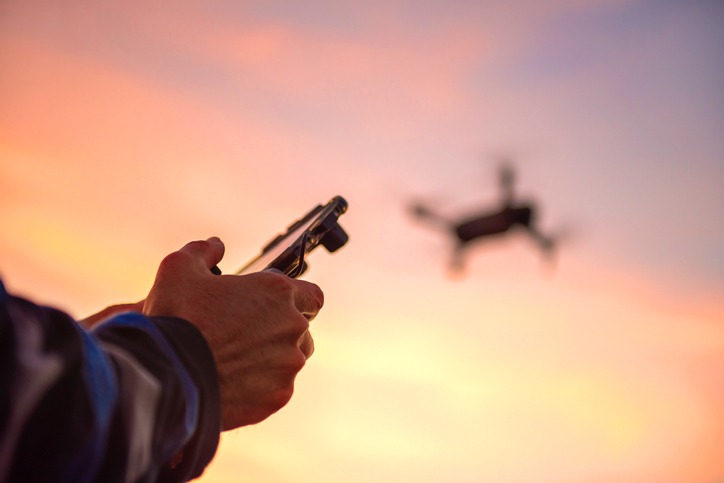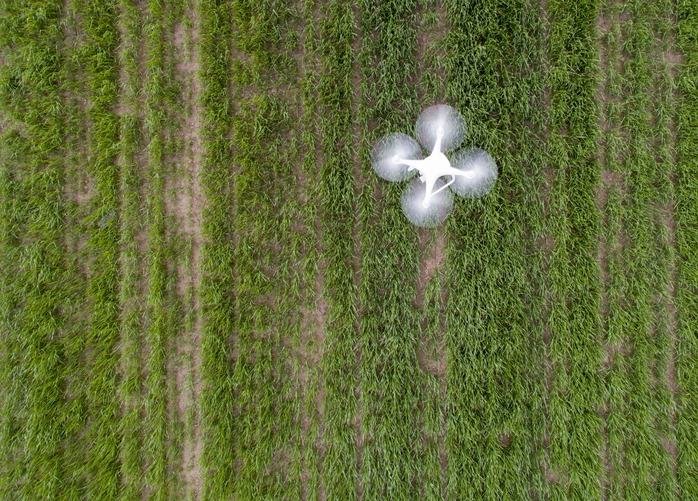The new technological development has already shifted towards more robots in almost all industries as humanity continues to innovate and look for the most efficient and result-centered solutions to problems in the world.
Robotic drones are just one of the many technological inventions that capture the imagination of the public and scientists in general. The popularity of drones is now rising and more people are now using them, with several of their functions being continually improved.
There are plenty of surprising facts about these robotic Unmanned Aerial Vehicles (AUVs). The introduction of robotic drones has left our mouths hanging open as we are amazed by its creation and mesmerized by its forms and functions.
Robotic drones are a recent phenomenon that requires us to open our eyes to the many possibilities about them. These devices may be new to you and require some insights. These remotely piloted aerial systems are being designed and preprogrammed for a flight plan. These robotic drones have the capabilities to fly in circles or straight lines. Others can also hover or perch on a tree, like birds.
Top global industrial technology innovators like Boston Dynamics has taken a big leap forward in inventing advanced robots, from robotic drones to high-quality bipedal and quadrupedal robots.
Regarding robotic drones, tech-writer Greg Nichols, said that “autonomous drones may soon be following troops into combat to serve as eyes in the sky and conduct detailed surveillance and reconnaissance missions.” “To date, drone use by military personnel has largely fallen into the category of ‘piloted’ UAV deployments,” Nichols said.

In government organizations or the military, robotic drones are used to reach some remote areas, like war zones. These robotic drones are being deployed according to their purposes. Some are light that they can be launched by hand while others are big enough that they are commanded by transmitters like spy planes.
Since the first development of drones by the American military in the 1990s, the newest forms and numbers of robotic drones have been created in explosive growth, influencing military and defense and logistics, workplace safety, hiring, and even healthcare.
“Our aerial robots provide unique capabilities that the Government is seeking to develop and deploy. They are completely self-sufficient and a significantly valuable asset in providing superior situational awareness,” said Nader Elm, chief executive officer (CEO) of Exyn Technologies, one of the leading companies that supported the development of autonomous UAV for defense.
According to Nichols, Exyn Technologies started designing and developing drones for infrastructure inspection, GPS-denied terrains, and other complex ground conditions that are life-threatening for military personnel.

“Those abilities make the drones well-suited to defense applications as well. In contrast to other unmanned aerial vehicles used for ground warfare, which predominantly rely on a pilot, Exyn’s drones are fully autonomous and operate without the need for a human operator or pre-loaded maps,” Nichols wrote on some of forms and functions of newest robotic drones.
“We’re most proud of our robots’ ability to identify threats, reduce operational risks and save soldiers’ and civilian lives in unknown and volatile situations,” said Elm of their robotics. “Now you can send a drone to perform highly sensitive missions that are far too dangerous for human soldiers, and acquire data that is unprecedented in its level of detail, accuracy, and timeliness,” the Exyn CEO added.
Interestingly, robotic drones are also utilized for civilian missions, like during search and rescue efforts or disaster response. These robotic drones can assist emergency responders while on their way for search and rescue activities in isolated areas. With its latest technological capabilities, robotic drones have become a critical and efficient tool in saving people’s lives.
“Because Exyn’s drones can cover more area and relay critical information more quickly than many other systems, they are potentially life saving tools for coordinating ground team response, which is typically the most time-consuming aspect of search-and-rescue,” Nichols said.
Aside from their capabilities to fly, robotic drones nowadays can stop and perch like birds. Stanford University engineers developed these grasping robotic drones, following the aerial abilities of birds.

Engineers and designers came up with a device called a stereotyped nature-inspired aerial grasper, or SNAG, which can be connected to a quadcopter drone to resemble its feet and legs like those of falcons. These robotic drones now have the necessary features to fly around, carrying or catching objects and perched on different types of surfaces.
One of the researchers said that what surprised them was that the robots “did the same aerial maneuvers, no matter what surfaces they were landing on.” “They let the feet handle the variability and complexity of the surface texture itself,” said William Roderick, researcher and mechanical engineer at Stanford University.
“Elsewhere, researchers at other institutions also have been working for years on giving drones the ability to land and hang onto something. As this explains, being able to land in various places helps drones to conserve energy that they would expend by having to remain airborne. That’s important, because the flight time of robotic aircrafts is limited by their battery power,” wrote Patrick J. Kiger. As this developed, Boston’s Northeastern University also announced another technology that makes a flying drone to hang upside down like a bat.
“Part of the underlying motivation of this work was to create tools that we can use to study the natural world,” said Roderick. “If we could have a robot that could act like a bird, that could unlock completely new ways of studying the environment,” added the university researcher.
In the field of power grid inspection, robotic drones have become an integral part of its maintenance activities, providing a reliable and cost-effective way of acquiring data, management, and analysis.
Conclusion
Indeed, many tech manufacturers are now blending robotics, control mechanisms, sensors, electronics, and airframe design to add competitiveness to their inventions. The dawn of robotic drones is a welcome development as many companies need to optimize their system and technical capabilities in delivering their services to their clients across the globe no matter what type of industry they have. Thanks to Artificial Intelligence, robotic drones provide a promising technology as industries work hard to improve the quality and efficiency of their tasks and services.
